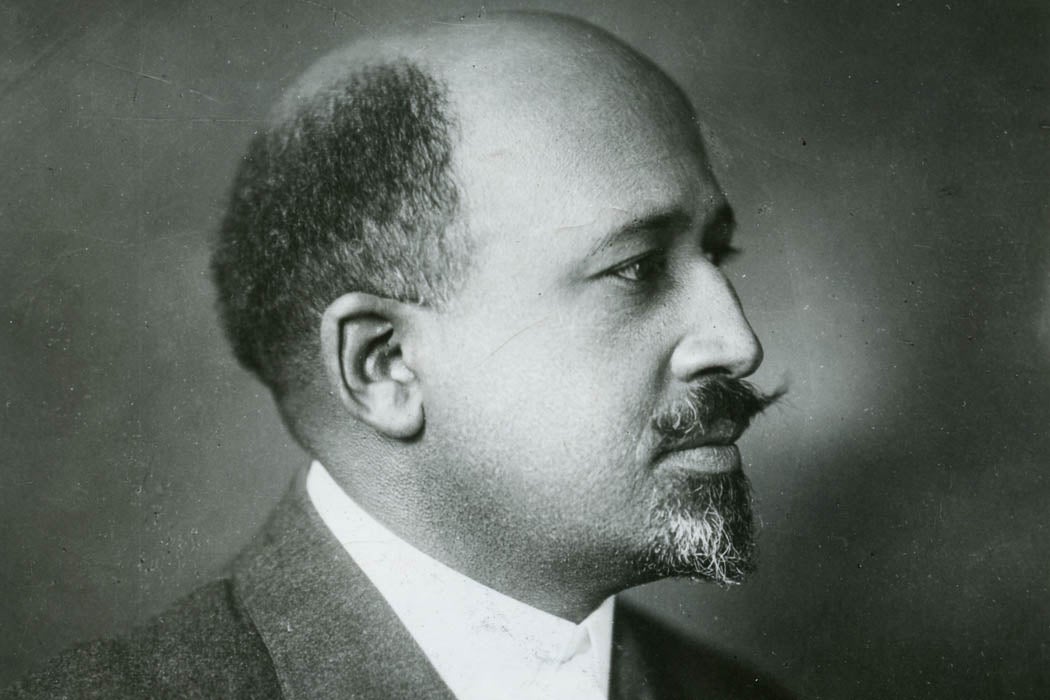W.E.B. Du Bois, born February 23, 1868, was perhaps the most influential African American intellectual and civil rights activist of the early twentieth century. He was the first African American to receive a doctorate at Harvard, and went on to become a professor of history, sociology, and economics at Atlanta University. As an academic and author, Du Bois had rousing debates with his fellow professors during the zenith of what was known as scientific racism.
Scientific racism arose out of American scientists claiming Darwin’s survival of the fittest concept could be applied to the story of western civilization. As a result, they formed a vital link in the oppression of African Americans, according to historian Carol M. Taylor.
By the early twentieth century, “racial scientism” had become mainstream, promoted by top academics, including Englishman Herbert Spencer, the theorist who popularized the concept of social Darwinism. Lester Frank Ward—dubbed the “St. Augustine of the American cult of science”—was a prominent racialist scientist in the United States. Ward’s argument, which had clear Darwinian echoes, was that only more intelligent races and groups emerged as dominant in society, offering a rationale for why American blacks generally suffered low social status. Ward even argued that the prevalence of lynching was evidence of black inferiority. Frederick L. Hoffman, another prominent racialist scientist of the era, argued that the inferiority of blacks was proven by their vulnerability to venereal diseases and tuberculosis and that African Americans were in danger of extinction.
Psychologists imbued with concepts of white supremacy promoted the development of IQ tests, used to verify that the offspring of upper-class whites were proven to be more intelligent. When an intelligent black person did emerge, racist scientists argued it was only because they had white ancestry.
Du Bois was on the frontline of fighting such attitudes. He joined in public debates with proponents of racist scientism, most famously against Theodore Lothrop Stoddard, a fellow Harvard alum, in Chicago in 1919. “We know that our America is a white America,” Stoddard argued at the time.
While working as a sociologist at Atlanta University, Du Bois had honed his counterarguments. He wrote extensively on the black American experience and expanded his influence when, in 1910, he became editor of The Crisis, the publication for the NAACP, the organization he was involved in founding.
Once a Week
Armed with impeccable academic credentials and a large media audience (The Crisis at its height had a circulation of more than 100,000), Du Bois used his influence to counter scientific racism. Among his main points was that racism was taught, rather than innate. He pointed out that black and white children played together peacefully when left alone. He cited U.S. census records to prove that black Americans were increasing in number and less prone to suicide and mental illness than whites. He noted that, while nineteen percent of lynching victims were accused of rape, it was black women who were the most endangered by sexual attack from white males. And significantly, he argued that racial scientism was a closed system, not open to new data, and so its proponents were in fact unscientific.
After a long life as an academic, author, and activist, Du Bois died at the age of ninety-five as an expatriate in Ghana, in many ways disillusioned with the American experience of race. Du Bois “may very well have been the most important figure in the American civil rights movement in the twentieth century,” said sociologist Kenneth Clark. His “direct and authoritarian challenge to scientific racism,” as Taylor described it, remains one of Du Bois’s most enduring legacies.







